The More You Know . . .
Picture it—Texas, 1985: A scrawny, neurotic eight-year-old asks her dad for help with her homework. The assignment? Design a Fire Safety Plan for your home and family.
My dad is former military. He was, to put it mildly, rigorous about rules and safety, so my plan was the most thorough turned in by any third grader ever. And he made us drill it. It scared the smurf out of me!
I might have been (much) more wary of danger than your average bear, but I still walked over a mile to and from school, and went door-to-door selling Girl Scout cookies, by myself. Because the 80s were a simpler time—when “cyber†was science fiction, and safety was all about the slogans.

If I’m on fire, which of the following is most likely to help?
• JUST SAY NO!
• STOP, DROP, and ROLL!
• STRANGER DANGER!
Hint: One of these things is not like the others.
If you sang that last bit in your head, you’re old enough to know the answer. And it holds up. STOP, DROP, and ROLL! is a useful solution to a singular problem.
So, safety slogans are good stuff, right? Nope.
Most of them are junk, but we can sort the worthy from the witless with the 5 Ws . . . and an H.
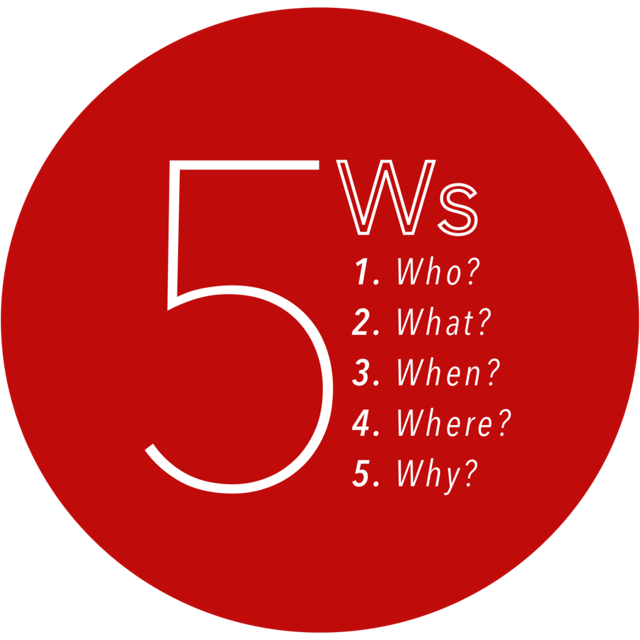
- I
- am on fire
- right now—
- over here!
- HELP!!!
HOW do I solve the problem? STOP, DROP, and ROLL!
Now, take STRANGER DANGER! The WHO is definitely a stranger; the WHAT might be danger? But WHEN and WHERE are strangers dangerous? And WHY? Also, HOW do I react to all these danger strangers—wait, what?
See the problem? We’ve got catchphrases with no [bleep]ing context!
And without context, kids will either dismiss the content or assume it’s universal—which might explain why I was such a skittish kid. You try living under constant threat of villains out to set you on fire and force-feed you drugs—or worse!
Excuse me, Mr. Krueger, sir—would you like to buy some Thin Mints?
With few exceptions, safety slogans did Gen-X more harm than good, whether we were inclined to heed them or not.
So, now what?
Protecting YOUR KIDS Online: Habits & Habit Loops
We’re the parents now—I’m personally responsible for four other, newer people—and everything is cyber. Our 80s sound bite safety training isn’t going to cut it in this brave new world. For one thing, as culture and language evolve, meanings change.
Try asking your kids about STOP, DROP, and ROLL! Even odds they’ll think you’re talking about a TikTok challenge. Take a look at this:
I don’t know about you, but I’ve got concerns that have nothing do with fire safety. How old are these people? Who’s watching this stuff? What personal information is shared on TikTok? Are there privacy settings, location tags, parental controls? When it comes to protecting your kids online, these are things you need to know. And if you don’t have answers, you need help.
So . . . who you gonna call?
My old friend George is a Cybersecurity Jedi. He wrote a book called Well Aware: Master the Nine Cybersecurity Habits to Protect Your Future. It’s good, and you should read it. Because George’s Nine Habits are the droids you’re looking for.
But before the Habits—the Habit Loop.
The Habit Loop is a life hack—a cheat code for changing our ways. Pick a new—preferably good —habit, and follow the steps. It’s that simple, like tying a virtual string around your finger. Start with a PROMPT. Use it to cue new BEHAVIOR. Stay motivated with a REWARD. It looks a little something like this:
- P: After I brush my teeth,
- B: I’ll write for one hour,
- R: then I’ll blast Audra Mae’s cover of “Here I Go Again†and do a little dance.
Or like this:

Lather, rinse, repeat.
So easy a child could do it, and that’s the point.
Kids are tech savvy long before they’re security conscious, and they live keystrokes away from online outlaws and ne’er-do-wells. Healthy habits are the best defense for protecting your kids online when the Internet does its worst. Which brings us to . . .
Nine Cybersecurity Habits for Protecting Your Kids Online:
Before we jump into my take on using the Nine Habits for protecting your kids online, take a look at the post that started it all: The Nine Habits of Highly Effective Cybersecurity People by George Finney himself.
1LITERACY
is what we know and how we use what we know to learn what we need to know. The Internet is a human environment like any other—resource rich and chock full o’nuts. To use it safely, kids need to protect their space, know their way around, and keep an eye out for risks. Online, LITERACY is how we find the good, avoid the bad, and hide from the ugly.

2SKEPTICISM
balances trust with critical thinking. One is natural; the other must be taught. Teach kids how to find secure sites and evaluate sources. Ask, “Does that sound right to you?†early and often. It’s the kid-friendly version of “Trust but Verify,†and you’ll need it. Because kids will believe anything. Just ask the Tooth Fairy.
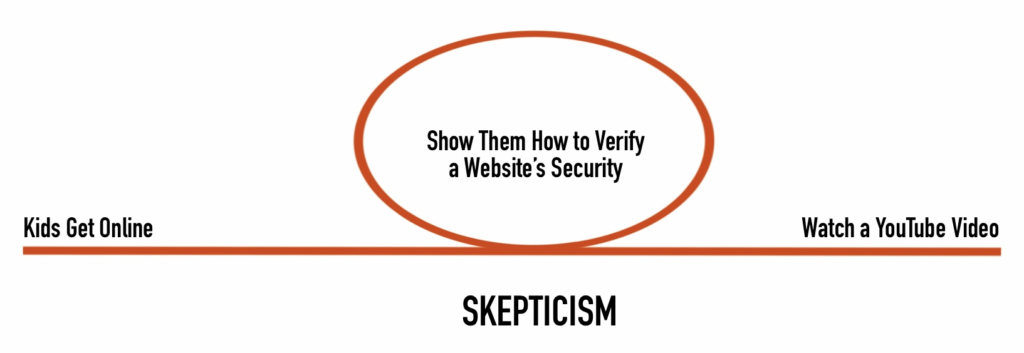
3VIGILANCE
is paying attention on purpose. It takes practice. Your child’s Vigilance Quotient is their age divided by the number of times you told them to brush their teeth yesterday. Okay, I made that up, but you get the idea. Practice online vigilance with your kids. Set rules and boundaries, add frequent reminders, and check in often.
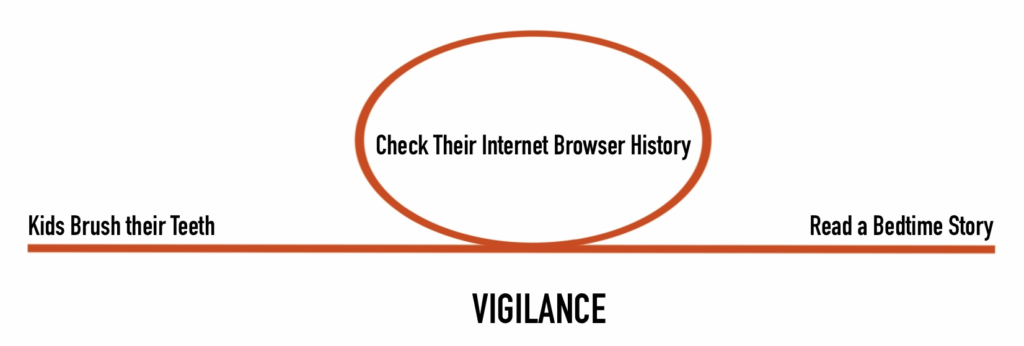
4SECRECY
is automatic—for adults. Kids will spill their guts—and yours—in the time it takes to check out at the grocery store. They’re proud of what they know, and like anyone, they enjoy recognition and praise. But the information kids need to know is not necessarily for public consumption. When it comes to personal information, prize discretion over performance, and teach them to zip it! Online and in real life (IRL).

5CULTURE
is what we make it. Grown-ups run the show. We want kids to ask for our help when they need it and learn from their mistakes on and off the Internet. So, show ‘em how it’s done. Take advantage of their cyber-fluency, and ask them for help with unfamiliar tech. Admit to your online mistakes, and share solutions. Want open communication with your kids? Make it so.
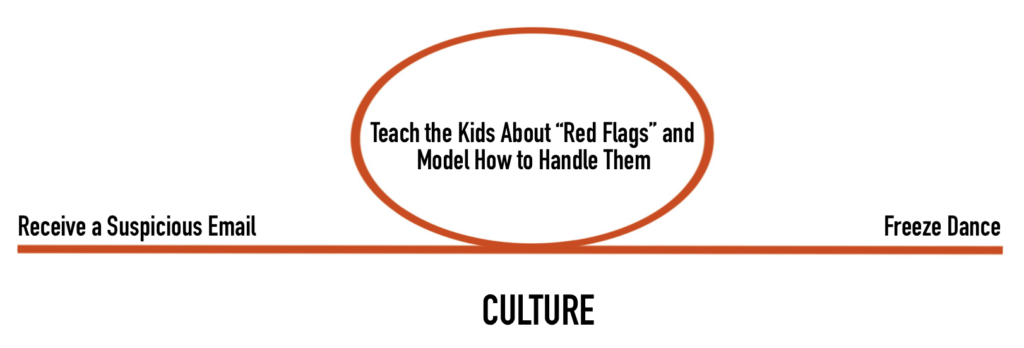
6DILIGENCE
means being prepared. For online threats: make a plan together, practice it often, review the results, and get everyone’s input on how to improve. Have fun with it. Put your kid in charge of cybersecurity drills. Let them monitor your habits. Even a little bit of control encourages agency. So, give ‘em a badge, and call ‘em Captain Cyber, Internet Safety Boss.
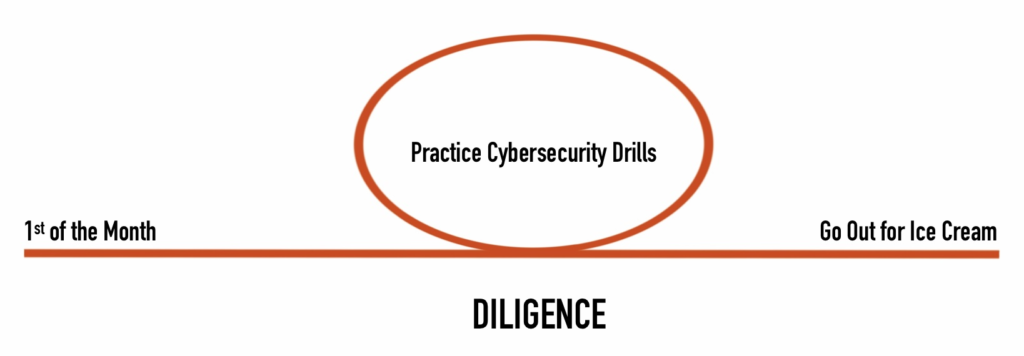
7COMMUNITY
is like CULTURE. We decide how it works. The good news is we already teach our kids to cooperate and play well with others. In a family, working together is a super power, and with great power comes great responsibility. Use your power for good, and share responsibility for protecting the family “community†with your kids. Make online safety everybody’s job.
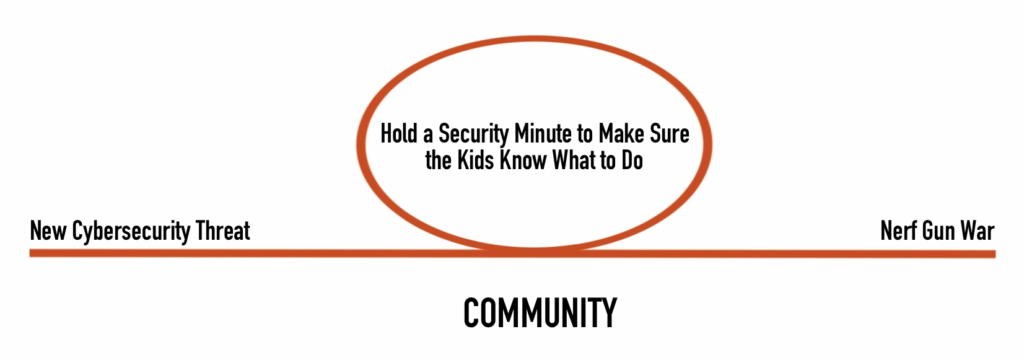
8MIRRORING
is tracking your own online image. Set aside time to google yourself. Google each other. Make Family Google Night happen. Roleplay reactions from others. What would Grandma think? How about your child’s friends? Remember, kids love recognition, so focus on how—rather than if—they appear online. Lowest Internet profile wins the game.
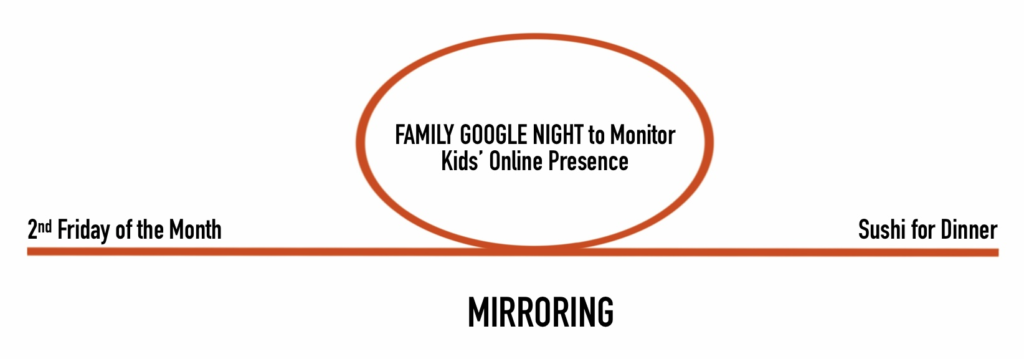
9DECEPTION
sounds hinky, right? Should you really teach your kids to lie? Yep! Our kids need to tell us the truth, but everybody lies on the Internet, so the best defense? Lie right back. Even better—LIE FIRST! Lying online isn’t malicious. It’s a tactic for protecting what is ours. It might frustrate some Internet Bad Guys, but it’s not going to hurt anyone. Just the opposite.
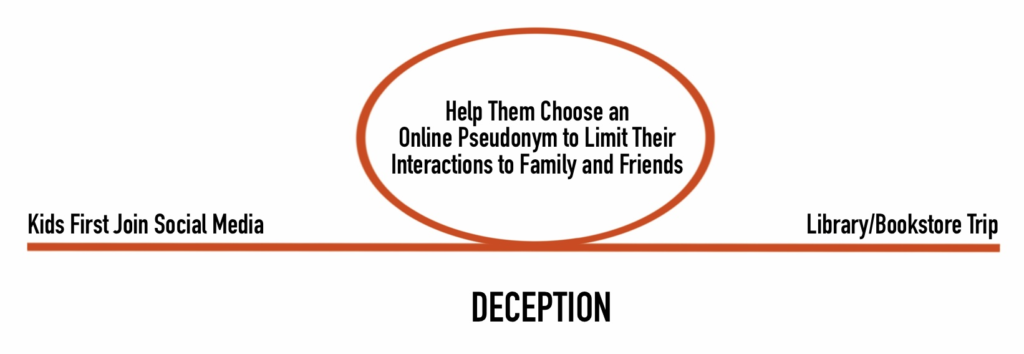
NOTE: These sample HABIT LOOPS work for my family. Feel free to steal them, but you may find it more effective to adapt the LOOPS to your family CULTURE and COMMUNITY. For more on KISS (Keeping Internet Safety Simple), take a look at George’s post, Make Cybersecurity Easy With Tiny Habits.
JUST SAY NO! to Safety Slogans
Okay, you’ve got plans to make, kids to deputize, and some shiny new habits to loop. But before you get swept away, let’s run all this past the 5 Ws.

for the HABIT LOOP:
- FROM: The Power of Habit by Charles Duhigg; FOR: ANYONE!
- Three Steps
- Anytime you want or need to change behavior
- ANYWHERE!
- Good Habits = Good Lives
for the NINE HABITS:
- FROM: Well Aware by George Finney; FOR: EVERYONE!
- Nine Habits
- BEFORE, DURING, and AFTER a Cybersecurity Event
- At home, at work, IRL, and especially on the Internet
- Secure data, and protect your family from Internet Bad Guys.
Check that out. Add the Habit Loop to the Nine Habits, and you’ve got the bare bones of a genuine strategy.
So, where’s the beef?
For everything you’re now dying to know about protecting your kids online, read George’s book. You’ll get stories, studies, a slew of sensible strategies, and even a slogan or two. Slogans aren’t inherently evil; they’re excellent memory devices precisely because they stick so securely in our brains, but they need relevant context. Otherwise, they’re just taking up space . . . or spinning worst-case scenarios.
George’s book does better than slogans and strategies. It will give you the knowledge you need for making thorough—dare I say rigorous—plans for cybersecurity without scaring the daylights out of your kids. But here’s the best part:
Habits are stickier than slogans.
Changing our behavior —and arming our kids with the right stuff from the start—raises the bar on safety education and practice, and that, my friends, protects us all.
Now you know—and as every 80s kid will tell you—knowing is half the battle.

How many RAD 80s references did you spot in this post?

If you haven’t yet had the privilege, check out Audra Mae’s HERE I GO AGAIN. You’re welcome!




